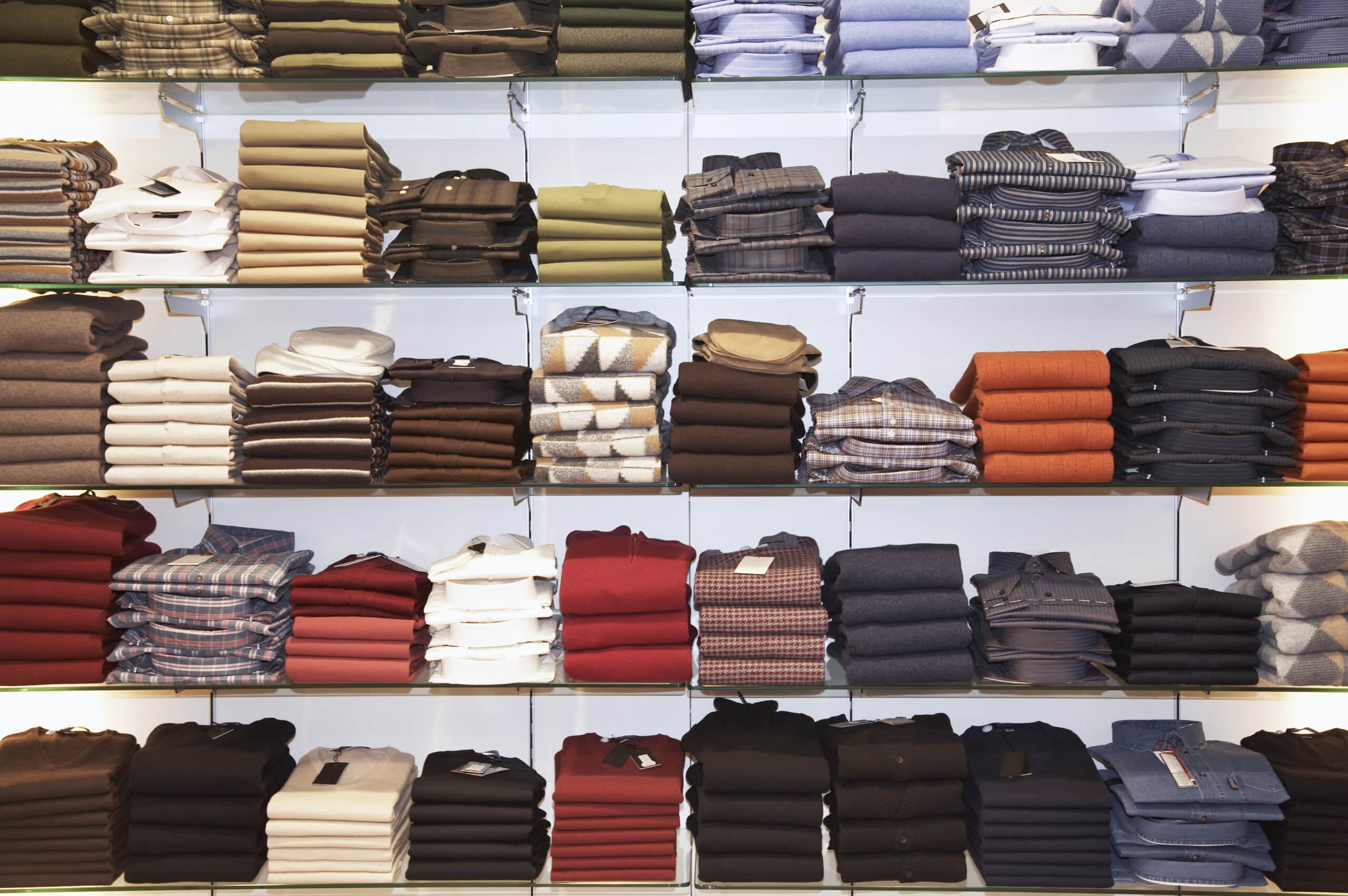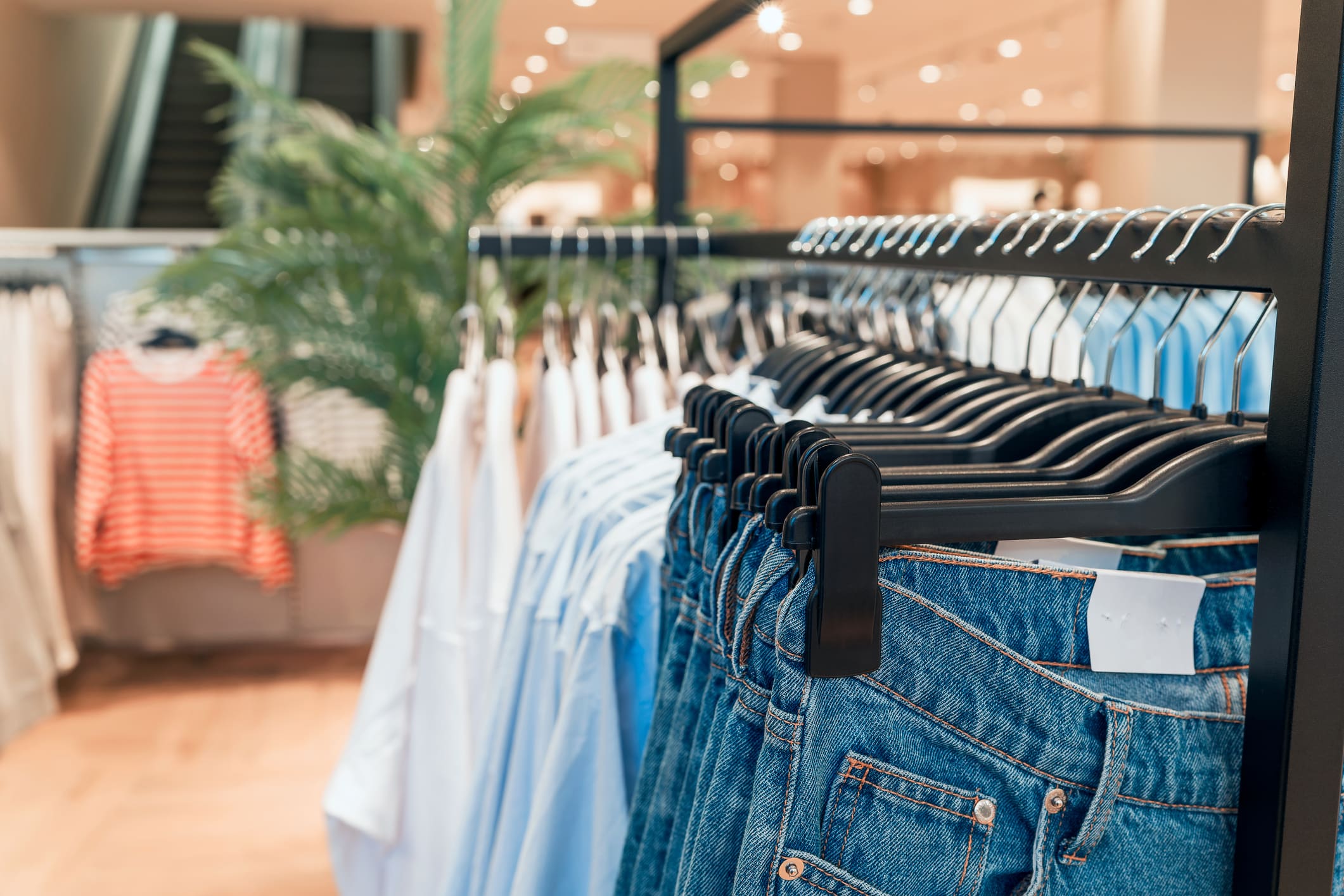
Second-Hand Fashion: How First-Hand Brands can Compete and Thrive
The second-hand market is no longer a niche – it is now a mainstream force, growing at ~20% CAGR. In the UK the second-hand fashion market has grown to in excess of £7bn with nearly 1 in 4 fashion transactions now resale. This growth, largely driven by online channels which now account for about 50% of second-hand sales, is shifting the dynamics of the apparel industry, with consumers increasingly valuing affordability, sustainability and unique finds.
For first-hand brands and retailers, this presents both a challenge and an opportunity. While volumes of traditional retail sales are projected to stagnate, the second-hand market is projected to double by 2029 and claim up to 10% of the fashion wallet. Brands must adapt now to stay ahead.
The Second-Hand Market is Booming
Recent years have seen accelerated growth in the resale market, with particular focus on growth in online channels. In particular, the UK, France and Poland have seen significant penetration with 30% of adults participating as buyers, with significantly higher engagement among millennial women. Market projections suggest that by 2029, online resale could double in size and reach between €6-9 billion in major European markets. The two key forces driving growth being increase in participants and spend per buyer.
The rapid expansion of second-hand marketplaces is both adding liquidity to and displacing volume from the first-hand market, providing more choice for consumers and reshaping consumer behaviour. Retailers that ignore resale risk losing wallet share to digital resale platforms – and understanding how to compete or collaborate with the resale economy is critical for long-term success.
Why Consumers are Choosing Second-Hand Fashion
Consumers are drawn to second-hand fashion for several reasons:
Price Sensitivity: 40-50% of buyers cite bargain hunting as the primary motivation for second-hand shopping. Financial factors are also strong motivators to sell second hand apparel online, with 20-30% of consumers selling to make some money of the side
Sustainability: while not the main driver, 10-20% of consumers choose resale for environmental reasons
Access to premium brands and new aesthetics: many shoppers use resale to acquire high-end fashion at a fraction of the price. Second-hand shopping also offers a treasure hunt experience, with 20-30% of shoppers citing this as a motivator.
Consumers are increasingly valuing sustainability and affordability – first-hand brands that want to remain competitive must recognise this and address consumer demand.
The Impact on First-Hand Brands
The growing second-hand market is siphoning volume from first-hand sales, fuelling stagnation in traditional retail. 15-25% of garments sold now come from resale, and by 2029, second-hand purchases will claim 10% of total fashion share of wallet – reshaping the industry’s growth trajectory.
Market data shows that first-hand apparel volumes are expected to remain flat through 2028, reflecting a shift in consumer behaviour towards second hand channels and presenting a challenge for brands reliant on first-hand sales. The resale market is not merely an alternative to first-hand fashion, but an increasingly large part of the apparel retail industry.
The most-listed brands on resale platforms like Vinted are largely value brands, with Zara, Primark and Shein leading in volume of listings of womenswear. However, it is the mid-market first-hand retailers that are more commercially vulnerable to the rise of second-hand sales with M&S and Next the most popular brand in terms of volume of second-hand sales.
As digital resale platforms continue to scale, brands that do not engage risk losing market share and visibility. Those that recognise the opportunity to integrate resale into their strategies – whether through direct resale models, platform partnerships, or adjacent services – will be better placed to navigate the evolving market dynamics.
How First-Hand Brands can Remain Competitive
To stay competitive, first-hand brands must cement their position in the first-hand market – and beyond – and choose whether to directly compete in second-hand.
Hold and Defend: Be the winning destination in first-hand
- Enhance brand loyalty: build stronger customer relationships with personalised shopping experiences and community engagement
- Deliver product excellence: offer high-quality, ‘on-trend’ items that retain value, and appeal to resale-conscious buyers
- Double down on customer segments with lower propensity to participate in resale: focus on men, older consumers, quality seekers and those looking for curatorship
- Plan for ‘resellability’: focus on product durability/longevity, key re-sellable price points and sub-categories
Diversify: Broaden revenue streams to counteract volume stagnation
- Explore expansion into adjacent categories: introduce new complementary product lines, such as accessories, footwear, or home goods
- Develop comprehensive services: integrate repairs, personal styling, and sustainability initiatives
- Capture incremental profit through next gen credit and payment facilities
Compete head on: Build or partner for circular capabilities
- Build or partner to develop in house rental/resale capabilities: generate differentiation from platforms through curatorship, personalisation, fashion UX, verification and repairs
- Develop a membership ecosystem for high value customers: including first-hand, rental and resale options to lock customers into their preferred brands
- Double down on physical store-based resale to facilitate touch-and-feel touchpoints within the resale market and a point of difference vs online platforms
By 2029, second-hand fashion will account for a larger share of the fashion economy. To succeed, first-hand brands must embrace resale rather than resisting the shift, develop omnichannel strategies to keep up with changing consumer behaviour, and create long-term value through resale participation, community-driven shopping, and enhanced brand experiences.
The second-hand market is no longer an afterthought for fashion brands. Consumers are increasingly attracted to the value, sustainability, and uniqueness the second-hand market can offer. First-hand brands must adapt to shifting consumer behaviour to remain competitive – either by defending their market position, entering resale directly, or diversifying their revenue streams. Access our full thinking below.
To find out how we support retailers in creating a winning strategy, reach out to one of our experts, or [email protected].
Key Contacts

Olivia May
Partner

Mairi Fairley
Partner

Luke Sparke-Rogstad
Associate Partner

Caitlin Bailey-Williams
Associate Partner




